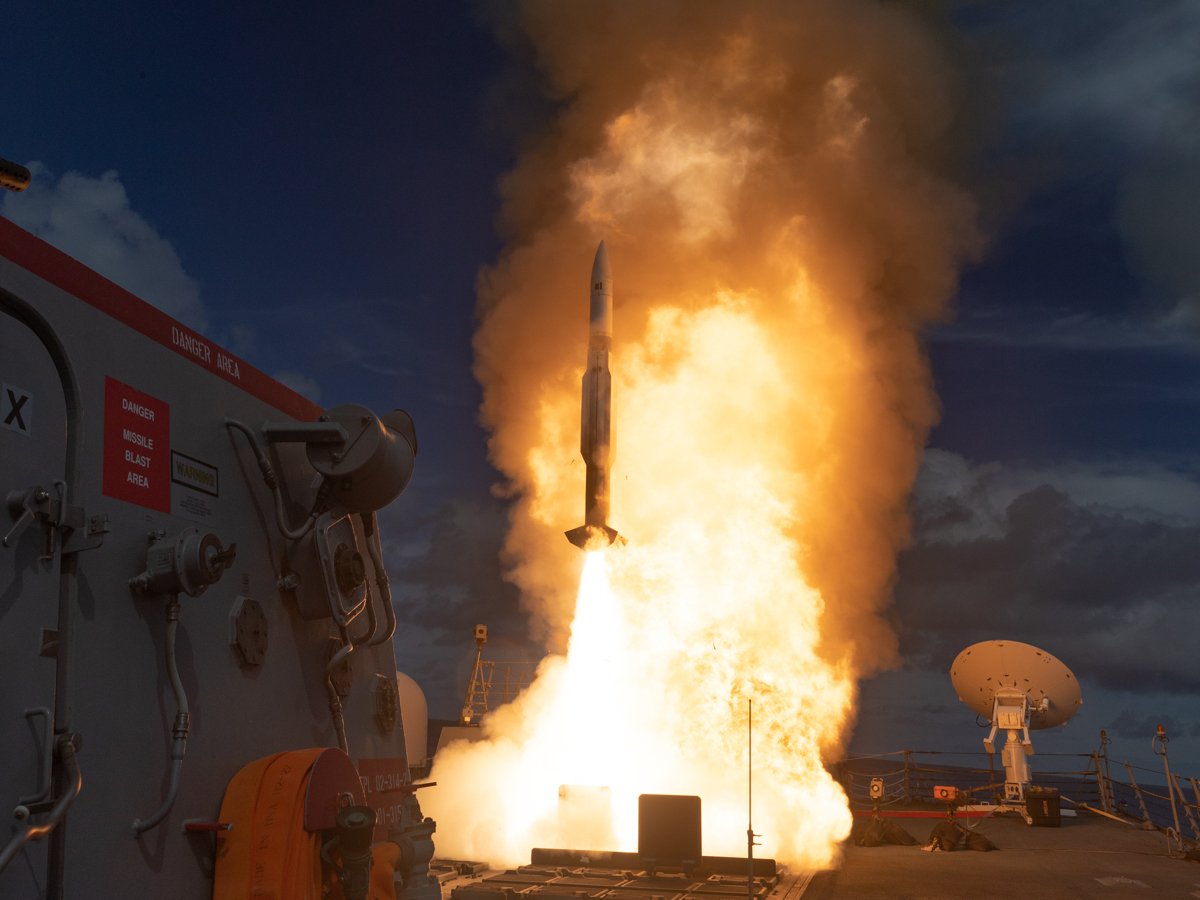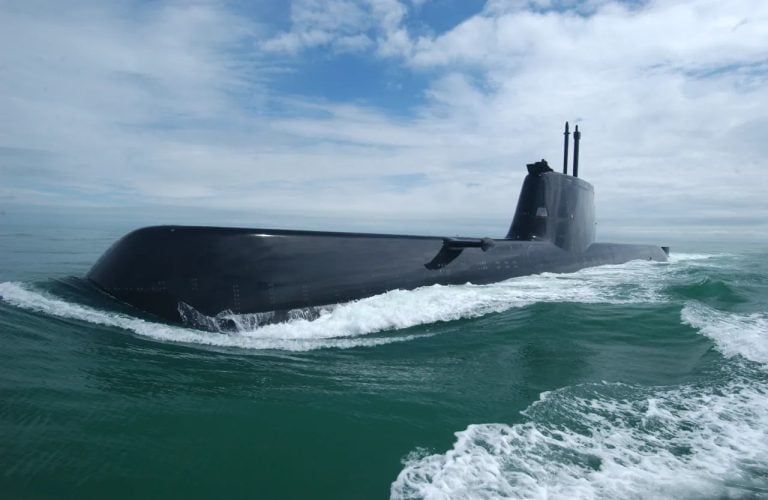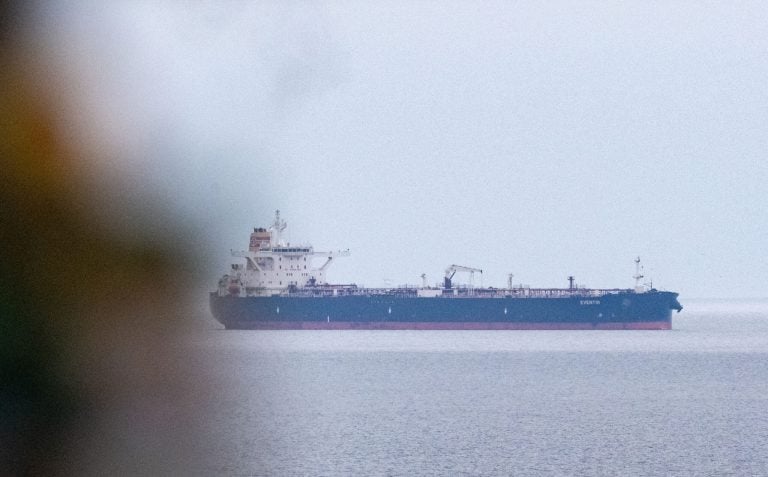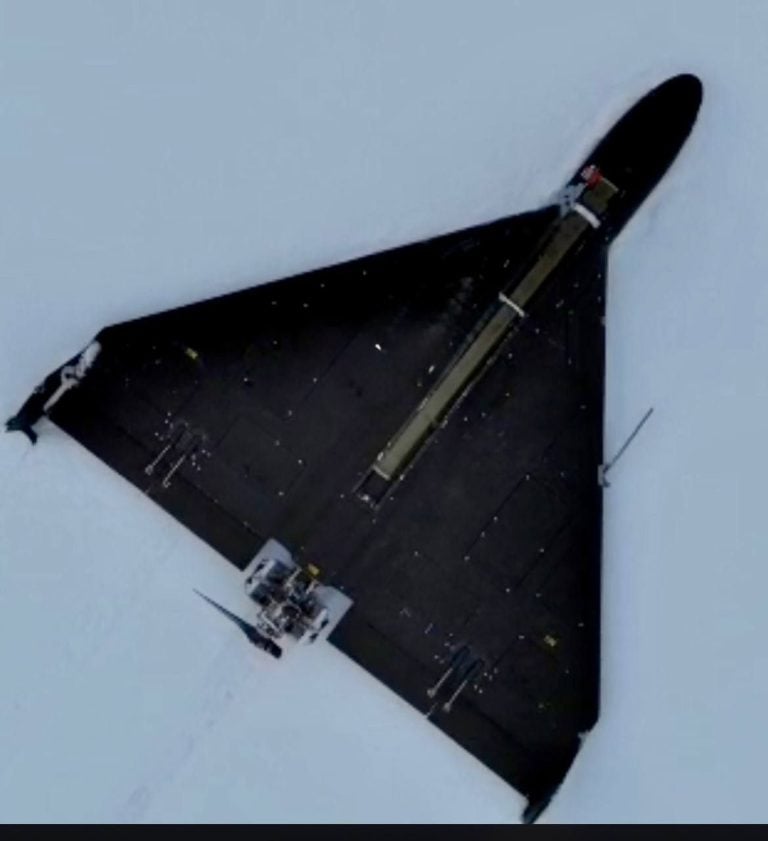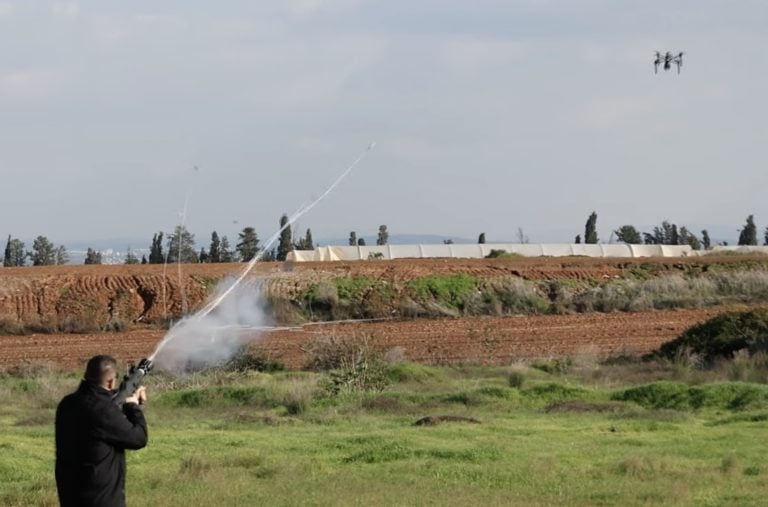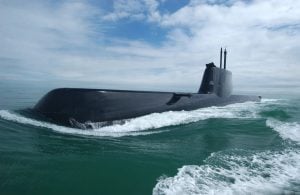The U.S. Department of Defense has officially contracted Raytheon for the development and manufacturing of the Standard Missile-2 (SM-2) Block IIICU surface-to-air missile, securing a budget of $258.7 million for this initiative. The timeline for completion is set for September 2031, which includes an allocation of $18.4 million earmarked for Foreign Military Sales to Canada, highlighting collaborative defense efforts.
The Block IIICU represents a significant upgrade over its predecessors—the legacy Block III, IIIA, and IIIB variants—boasting enhanced targeting capabilities aimed at engaging a broader array of threats, including anti-ship cruise missiles and tactical aircraft. One of the most notable advancements is the missile’s transition from a traditional semi-active seeker to a dual-mode seeker that features both semi-active and active guidance, enhancing its operational flexibility and effectiveness.
In addition to the advanced seeker technology, the SM-2 Block IIICU will adopt the new guidance section and target-detection device currently being developed for the SM-6 Block IAU, effectively upgrading the components found in the earlier SM-6 Block IA. The missile’s design will also include a new dorsal fin for improved aerodynamics and a thrust-vectoring jet tab assembly that will enhance its trajectory control capabilities.
Designed with a range of 90 miles (approximately 145 kilometers), the SM-2 Block IIICU is tailored to bolster the air-defense capabilities of various naval platforms, specifically the Arleigh Burke-class and Zumwalt-class guided-missile destroyers, along with the remaining Ticonderoga-class guided-missile cruisers. Additionally, it will find deployment on the future Constellation-class frigates, along with providing both self-defense and area air-defense functions.
The missile will play an integral role in the Naval Integrated Fire Control – Counter Air capability, which is a modern networked defense system that combines sensors, aircraft, and naval vessels to detect, track, and engage airborne threats effectively—extending threat engagement beyond the limitations of individual platforms.
Production of the SM-2 missile had initially halted in fiscal year 2017 due to a lack of orders. However, following a resurgence in demand marked by a fiscal 2021 order, the program has re-commenced. The funding for this program largely comes through the Pentagon’s Foreign Military Sales initiative, with the United States and allied nations such as Australia, Canada, Japan, and South Korea designated as the first recipients of the upgraded missile system.
The U.S. Navy previously declared the interim capability of the Block IIICU in November 2022, with plans set in motion to conduct Initial Operational Test and Evaluation beginning in 2027, followed by a transition to full-rate production. This advancement reflects ongoing efforts to enhance the operational readiness and technological edge of U.S. naval forces in an ever-evolving threat landscape.
